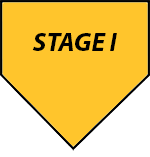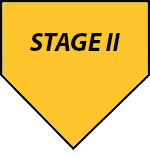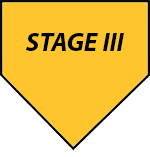ASOHMS

The Army Safety and Occupational Health Management System (ASOHMS) provides a framework for United States Army organizations to systematically manage their safety and occupational health programs, protect soldiers, civilians, and property from workplace risks and hazards, and, ultimately, achieve an organization’s goal of mission readiness. This 3-stage programs consists of 6 capability objectives (COs), which are broken down into sub-elements. The COs are:
- CO 1 – Leadership Engagement and Personnel/Soldier Participation
- CO 2 – Investigate and Report Mishaps, Incidents, and Illnesses
- CO 3 – Conduct Safety and Occupation Health Training and Promotion
- CO 4 – Conduct Inspections and Assessments
- CO 5 – Conduct Hazard Analysis and Develop Countermeasures
- CO 6 – Health Protection and Readiness
The stage-based approach ensures organizations manage safety and occupational health through documented programs and written procedures (Stage 1), implementation, training, and employee involvement (Stage 2), and continuous improvement (Stage 3). After completing Stage 3, organizations receive a third-party assessment; if successful, organizations are recognized as an “Army SOH Star” site.
Commands / organizations incrementally implement the ASOHMS and achieve increasing levels of maturity with corresponding (positive) results. Successfully completing a comprehensive third party final assessment results in the award of an “Army SOH Star”

|
Stage 1 – Policies, procedures, and programs
Organizations develop written programs, polices, tactics, techniques, and procedures (TTPs) to meet the ASOHMS Stage 1 requirements listed in each CO sub-element. Assessors review the documentation and determine if it meets sub-element requirements. The assessors determine if each sub-element is “complete”, “in-progress”, or “no action taken” and list
actions the organization needs to do to complete each sub-element.
|
| |

|
Stage 2 – Implementation, communication, and training
Organizations implement the written program, policies, and TTPs into daily activities and work practices. Employees receive training and are actively involved in the ASOHMS program. This approach creates positive changes in the organization’s safety culture. Senior leaders make informed decisions using safety and health trend analysis data. Assessors conduct onsite assessments, interview employees, and review documentation to determine if the organization meets CO sub-element requirements. The assessors determine if each sub-element is “complete”, “in-progress”, or “no action taken” and list actions the organization needs to do to complete each sub-element.
|
| |

|
Stage 3 – Continuous improvement
Organizations review safety and programs to identify programmatic gaps, areas needing improvement, or items that could simply be more effective. ASOHMS criteria is fully integrated into the organizational culture, personnel take ownership of the ASOHMS program, and can articulate their roles and responsibilities in the program. Assessors conduct onsite assessments, interview employees, and review documentation to determine if the organization meets CO sub-element requirements. The assessors determine if each sub-element is “complete”, “in-progress”, or “no action taken” and list actions the organization needs to do to complete each sub-element.
|
| |
|
|
|